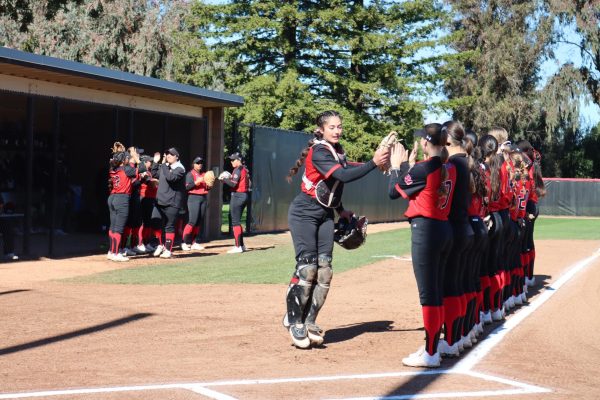The International Dilemma
WSCUC announced the return of in-person classes for CSUEB. How are the international students impacted?
The key to California State University, East Bay’s identity is its student body diversity, as exemplified by the school’s 14th spot on the 2021 Best College Reviews’ list of top ethnically diverse colleges and further bolstered by CSUEB’s 4th spot on the 2022 US News’ Campus Ethnic Diversity, Western Regional Universities list.
Among that diversity are the international students, who comprise 4.9% of all undergraduate students and 20.9% of all graduate students at CSUEB, according to the university’s self-published 2020 factsheet.
As CSUEB proceeds with restoring campus activities to pre-pandemic levels, international students continue to face unique challenges in adjusting to student life.
The primary hurdle for international students is regarding visas and travel. While vaccinations and improved COVID-19 detection have enabled some degree of travel, continued restrictions hinder many students from setting foot on campus — a fundamental issue that universities have little say over.
“There are still some students that aren’t able to come this year because of the visa situation, not because they don’t want to come, but because they can’t,” explained Sam Tran, an academic advisor for international students.
Last year, many universities around the world were forced to shut down campuses and limit dorm living to curtail the chance of COVID-19 spread, which placed international students in a particularly precarious position.
In the event of an on-campus outbreak, the dorms will now be better prepared to shelter-in-place and accommodate residents: “Students have been vaccinated, and they will be tested twice a week. [Dorm residents] are a controllable group, because the school knows who they are and where they live. It is much easier this year,” Tran stated.
Another compounding issue for international students has been the time difference which has impacted their academic performance and their ability to engage with professors and fellow students. Based on Tran’s observations over international student performance over the pandemic, maintaining a schedule is a difficulty, “because it will be in the middle of the night for them.”
CSUEB has pivoted to an ABC/NC (No Credit) grading policy at the beginning of the pandemic to help struggling students, both domestic and international. Students are also given an option to convert a letter grade course to a C/NC (Credit/No Credit) course. Receiving credit for class completion (alternatively, failing to receive credit) does not affect GPA.
By easing academic metrics and lowering the bar for academic performance, there is a question to be had regarding the learning outcomes of students, precisely via technology-mediated learning. Whether CSUEB makes a permanent transition to the ABC/NC policy post-pandemic remains nebulous, though Tran believes that next semester will see a reversion to the previous grading policy.
Nevertheless, international students revel in the challenges of getting accustomed to a new life, especially after a year of distance learning. Sarida Wattanapruksa, a second-year international student from Thailand, speaks to the definitive difficulty of adapting to a new culture, as “there are a lot of new things I have to learn [ … ] every day.”
She expressed her enjoyment nevertheless, stating “I really enjoy it and gain a lot of new experiences while living here so far.” In Wattanapruksa’s view, an in-person environment enables her to learn comparatively more to an online environment by lending her more motivation to study, while also providing her an opportunity to “develop her English skills.”
While the online environment hasn’t been entirely conducive to foreign students, rising vaccination rates and enhancement of COVID-19 response worldwide paint a promising picture for the return of international students to campuses nationwide.







